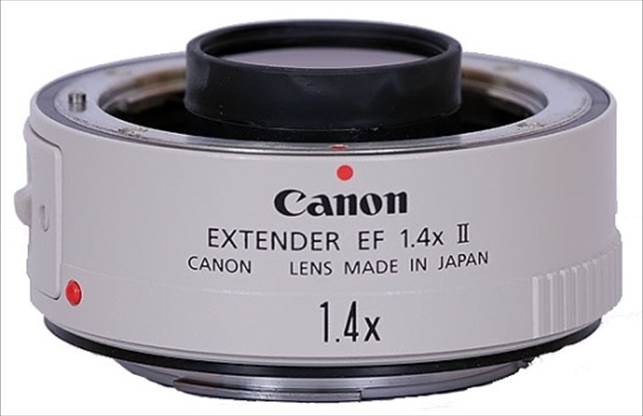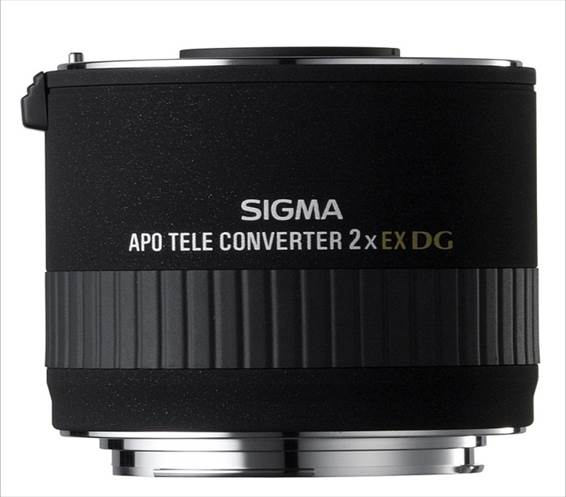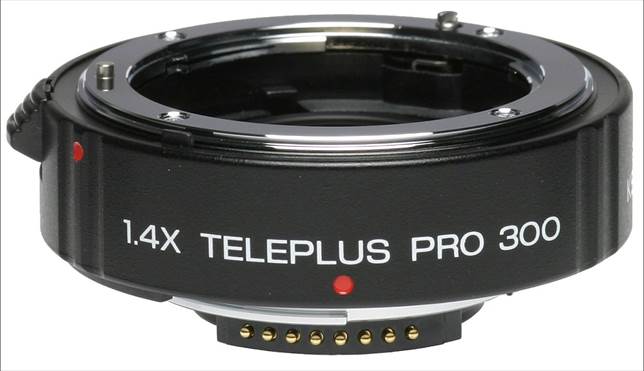If the price of a new telephoto lens is beyond reach,
consider increasing the reach of your existing lenses instead…
Things to look out for…
·
One downside of teleconverters is that they reduce the effective
aperture of lenses. A 1.4x teleconverter generally reduces the aperture by one
stop, a 2x teleconverter reduces it by two stops, and a 3x by three stops. So a
Canon EF 300mm f/2.8L IS USM lens with a 2x teleconverter effectively becomes a
600mm lens with a maximum aperture of f/5.6.
·
Teleconverters work best with long-length prime lenses because of
their superior optical quality. As zoom lenses tend to suffer more with lens
distortion or aberrations, these problems will be magnified.
·
Autofocus speed is dramatically reduced with teleconverters. In
fact, if the widest aperture of your lens before attaching a teleconverter is
f/5.6 or above, then autofocus is unlikely to work at all.
·
Check which lenses your teleconverter is compatible with before
you buy. Canon extenders only work with specific Canon L-series lenses, while
Sigma teleconverters only work with selected Sigma APO lenses. Kenko’s
teleconverters worked with every full-frame-compatible lenses we tried them
with, but not with Canon EF-S (or other third-party manufacturers’) lenses
designed for use with crop-factor sensors.
Canon Extender EF 1.4x II
The Mark II Canon Extender EF 1.4x has all the same premium
optics as its predecessor, but it now has enhanced weather-resistant
construction and improved anti-reflective internal surfaces. Because of these
improvements, both the weight and price has increased, making it an expensive
accessory to your L-series lenses (it only works with Canon’s L-series lenses).

Canon Extender EF
1.4x II
The contrast of images taken with the Extender was a little
muted, but sharpness was excellent across the frame. As only a single stop was
added to the effective aperture of the lens, our fast glass remained fast and
the 1.4x increase in focal length filled the frame
|
Verdict
·
Price: $500 ·
Excellent sharpness; weather-resistant construction ·
Expensive; heavy; muted contrast
|
Sigma 2x EX DGTeleconverter
If you’re a fan of Sigma lenses, then you’re going to enjoy
using the Sigma 2x EX DG Teleconverter. Made up of six elements in five groups,
it has great optical quality, but it is surprisingly lightweight, making it
ideal for use with longer and heavier lenses. Sigma teleconverters are only
compatible with Sigma APO lenses, and many of which will only work when focused
manually, like the Sigma APO 150-500mm f/5-6.3 DG OS HSM that we tried. Having
double the focal length to work with is a great bonus however, particularly
when photographing wildlife.

Sigma 2x EX
DGTeleconverter
|
Verdict
·
Price: $250 ·
For: Great optical quality; lightweight; perfect for wildlife ·
Against: Only compatible with Sigma APO lenses; loss of
sharpness
|
Kenko Teleplus Pro 300 1.4x MC DGX Teleconverter
Lightweight and compact, the four-element design of the
Kenko Teleplus Pro 300 1.4x DG Teleconverter is simple but incredibly effective.
When used with a Canon EF 100mm f/2.8L IS USM Macro lens, the macro
capabilities are enhanced beyond the normal 1:1 ratio, to larger-thanlife-size.

Kenko Teleplus Pro
300 1.4x MC DGX Teleconverter
However, when used to increase the focal length of a
telephoto lens, we experienced an obvious loss of clarity and definition,
particularly in the corners of the frame.Manual focusing became necessary on
lenses with a maximum aperture of f/4 or narrower, which is a full stop less
than Canon’s Extender EF 1.4x II.
|
Verdict
·
Price: $190 ·
For: Lightweight; compact; great macro capabilities ·
Against: Poor autofocusing beyond f/4.5; loss of clarity and
definition
|
Kenko Teleplus Pro 300 3x DG Teleconverter
This extra-long teleconverter triples focal length – but also
add three stops to your aperture! The Canon EF 135mm f/2L USM therefore becomes
a 405mm f/5.6 lens. Although it autofocuses with lenses that have a maximum
aperture of f/2.8 or wider, it is very sluggish, making it difficult to capture
the high-speed sports that it brings you so close to. It also creates problems
with contrast and exposure, leaving photos looking grey and dull, unless
properly compensated for.

Kenko Teleplus Pro
300 3x DG Teleconverter
|
Verdict
·
Price: $260 ·
For: Extra-long 3x focal length; good build quality ·
Against: Slow autofocusing; poor contrast and exposure
|